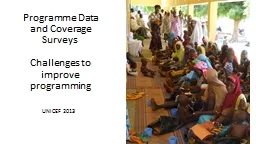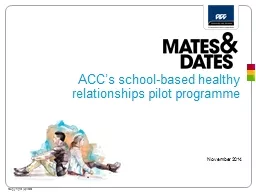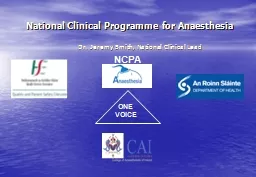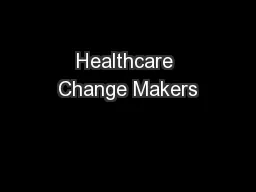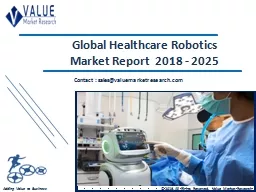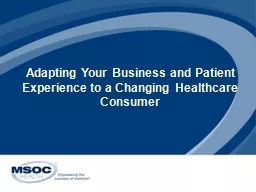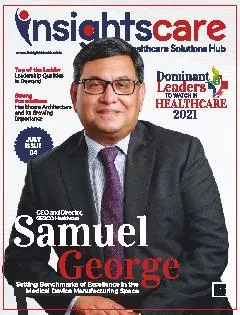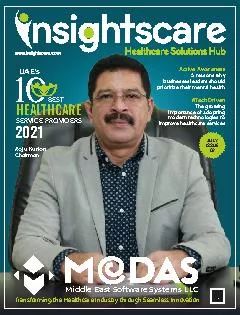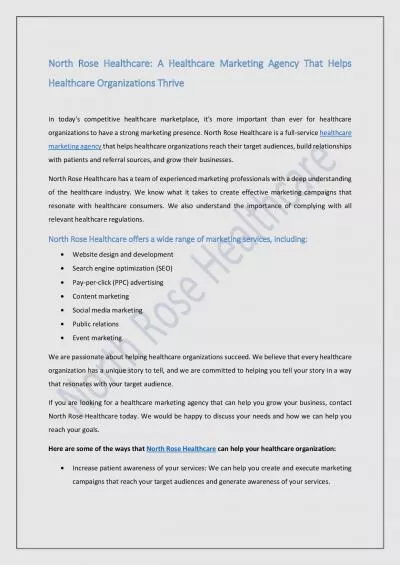PPT-SBRI Healthcare Programme
Author : jane-oiler | Published Date : 2017-08-18
An NHS England funded initiative delivered by the Eastern Academic Health Science Network wwwsbrihealthcarecouk sbrihealthcare Agenda 25 th June London 1030 Welcome
Presentation Embed Code
Download Presentation
Download Presentation The PPT/PDF document "SBRI Healthcare Programme" is the property of its rightful owner. Permission is granted to download and print the materials on this website for personal, non-commercial use only, and to display it on your personal computer provided you do not modify the materials and that you retain all copyright notices contained in the materials. By downloading content from our website, you accept the terms of this agreement.
SBRI Healthcare Programme: Transcript
Download Rules Of Document
"SBRI Healthcare Programme"The content belongs to its owner. You may download and print it for personal use, without modification, and keep all copyright notices. By downloading, you agree to these terms.
Related Documents


